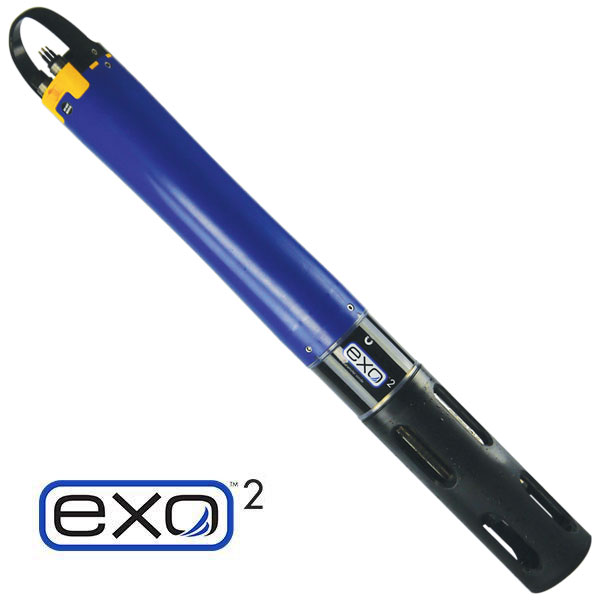Real-time water monitoring helps protect the Pa Sak River in Thailand
Real-time water quality monitoring programs are playing an increasingly important role in helping to enforce environmental policy. In Thailand, Xylem’s YSI brand has partnered with environmental consultant Green Banyan to create a water monitoring system along the Pa Sak River. The system, northeast of Bangkok, immediately alerts officials if a water parameter exceeds a government-recommended threshold.
Thailand, as with the majority of its fellow ASEAN countries, has experienced rapid population growth and industrial development over the past few decades, particularly in their large city centers, such as Bangkok. Unfortunately, this economic growth can also lead to undesired consequences, such as air and water pollution.
The Water Environment Partnership in Asia (WEPA) recently rated Thailand’s overall surface water quality fair and improving in the majority of its river basins. However, rivers in the south, adjacent to the major city centers, remain stressed by municipal, agricultural and industrial pollution sources. These continuous stressors ultimately result in harmful algal blooms, extreme hypoxic or even anoxic water formation, and high levels of fish death, including fish grown through aquaculture.
Water monitoring stations to protect the Pa Sak River
The Pa Sak River has been particularly polluted over the years, primarily from municipal and industrial wastewater discharge. According to a 2015 report on the Pa Sak River from the Pollution Control Department (PCD), only 45 percent of wastewater had been treated prior to release into its adjacent rivers. Several large and high-profile fish kill events prompted the government to take action, including funding real-time water quality monitoring stations.
The first part of the water-monitoring solution was installed in 2016, and the quality of the water is already improving. According to the PCD’s Booklet on Thailand State of Pollution 2018, the Pa Sak falls into the “fair water quality” bucket, with a water quality index (WQI) of 61 – good quality is a WQI of 70 and above. Recent improvements in water treatment technology, construction of four new wastewater treatment plants, and active water quality monitoring are credited for an overall increase in the Pa Sak’s WQI score.
Overall, the aim of this program is not only to help enforce the local environmental laws but also to strengthen the relationship and confidence between citizens and industry, explains Green Banyan’s Opart Rungsiri.
How the real-time water monitoring program works
 Funded by the Ministry of Interior, the scope of the project was organized into three phases: the first two phases utilized a buoy-based platform approach, in this case the EMM 350 Pisces buoy, while the third phase consisted of land-based stations employing submersible pumps to collect water samples.
Funded by the Ministry of Interior, the scope of the project was organized into three phases: the first two phases utilized a buoy-based platform approach, in this case the EMM 350 Pisces buoy, while the third phase consisted of land-based stations employing submersible pumps to collect water samples.
These buoys were equipped with a YSI EXO2 water quality sonde, configured to measure surface temperature, conductivity, pH, dissolved oxygen, total algae (including blue-green algae), and turbidity, among other calculated water quality parameters.
Each EXO2 system was also equipped with a central wiper to help prevent biofouling and mitigate any risks of data loss due to fouling of sensors. Strategically, each station was located near a Buddhist temple, where the locals can keep an eye on the buoy, thus keeping the chances of tampering or theft low.
Informing government agencies and public awareness programs
 The Pisces buoys were assembled by YSI in the U.S. and delivered to Green Banyan in two phases. The first set of four Pisces buoys were delivered and installed in 2016, while the second set of four buoys were delivered and commissioned more recently.
The Pisces buoys were assembled by YSI in the U.S. and delivered to Green Banyan in two phases. The first set of four Pisces buoys were delivered and installed in 2016, while the second set of four buoys were delivered and commissioned more recently.
The eight buoys are serviced monthly, where the team travels to each site to check all systems, calibrate the sensors, and provide general maintenance and cleaning. Government agencies and universities use the data in active monitoring, numerical and predictive model development, and public awareness programs.
Water quality data are transmitted to a government server and Green Banyan. An alarm system provides officials with real-time warnings if a parameter (e.g., dissolved oxygen) exceeds the government-recommended threshold. Notifications are then transmitted to the local community for appropriate response.
Four land-based water-monitoring stations
The next phase of the Pa Sak River water quality monitoring project features an additional four monitoring stations installed along the Pa Sak. The new installations are land-based, unlike the buoy platforms of the first two phases.
These stations include both the original EXO parameters (e.g., pH, ammonia, etc.), as well as biological oxygen demand (BOD) and chemical oxygen demand (COD) by employing a WTW NiCaVis spectral sensor package. These parameters are traditionally used in wastewater monitoring applications and can therefore be used as a way to compare water quality from treatment plants to the river.
With the water monitoring system in place, researchers and agencies can get an overall picture of the Pa Sak River’s health and more effectively monitor tighter pollution regulations. The system also serves as a “proof-of-concept” for similar future projects in the region and beyond.

